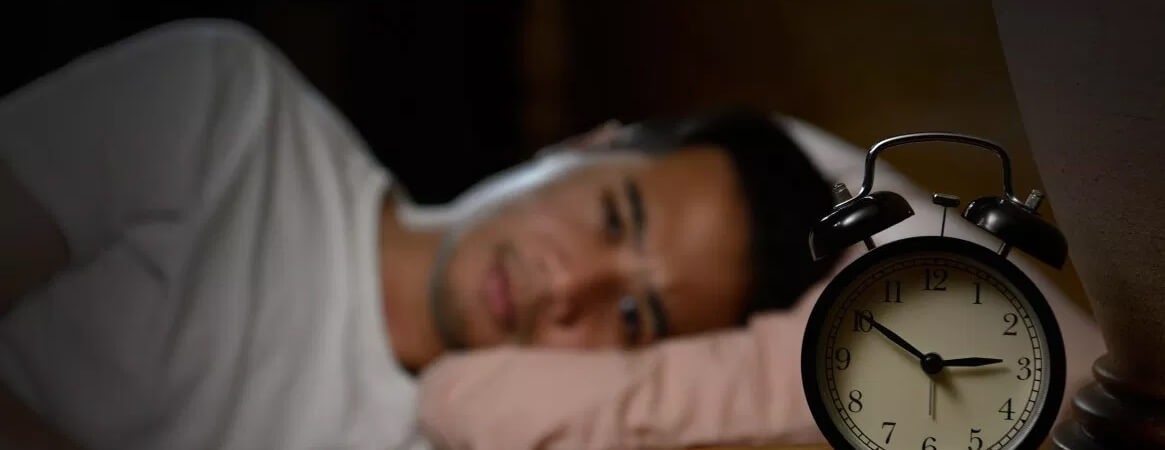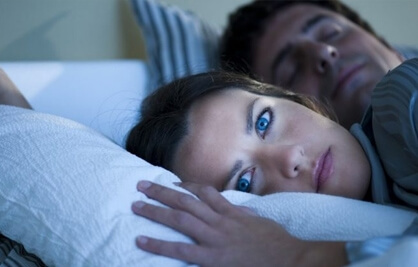Sleeping disorders
Treatment Areas
- Treatment Areas +
- - Multiple Sclerosis
- - Epilepsy - Sara's Disease
- - Alzheimers
- - Dementia
- - Dementia, Alzheimers
- - Migraines and Headaches
- - Parkinson's Disease
- - Sleeping disorders
- - Stroke - Paralysis
- - Hand, Foot Numbness
- - Muscle Weaknesses
- - Peripheral Neuropathy
- - Brain Related Infections - Tumors - Degenerative Diseases
- - EMG - Electromyography
- - EEG Recording - Electroencephalogram
- - Long Term Video EEG
- - Visual Evoked Potentials - VEP Test
What are Sleep Disorders? How Are Sleep Disorders Diagnosed?
Sleep is critical for your daily life, as well as for your physical and mental health. A wide variety of sleep disorders interrupt the normal sleep cycle, and sleep-related illnesses, including insomnia, sleep apnea, and restless legs syndrome, disrupt your daily life.

What are Sleep Disorders?
Sleep disturbance, resulting in sleep quality and amount of sleep deteriorate. There are many sleep disorders that can be directly associated with physical and/or emotional problems.
The six main types of sleep disorders are:
insomniacs
hypersomnias
parasomnias
Circadian rhythm sleep-wake disorders
Sleep-related breathing disorders
Movement disorders in sleep
What is the Most Common Sleep Disorder?
The most common sleep disorder, insomnia, or isnomnia, is a complex condition defined as difficulty falling and staying asleep. Short-term insomnia resulting from psychological stress or a traumatic life event is a condition that, although often resolved, impairs quality of life and can be quite treatment-resistant.
Chronic insomnia lasting at least three nights a week and lasting longer than three months is diagnostic. Chronic insomnia can wreak havoc on your daily life, causing low energy, daytime fatigue or sleepiness, irritability, difficulty concentrating or remembering, and even anxiety or depression.
What is Sleep Apnea?
Sleep apnea is a relatively common, potentially serious sleep disorder in which breathing slows or stops during sleep. The condition causes repeated awakenings throughout the night as your brain senses the lack of oxygen and activates breathing.
There are three main types of sleep apnea:
Obstructive Sleep Apnea Syndrome (OSAS)
The most common type of OSA makes you short of breath or snore as your airway relaxes during or during sleep. Being overweight increases the risk of OSA.
Central Sleep Apnea (CSA)
This less common type of sleep apnea occurs when your brain fails to send signals to the muscles that help you breathe. Snoring is not a normal symptom of CSA.
Mixed Sleep Apnea Syndrome
This condition, also called treatment-induced central sleep apnea, occurs when one has both obstructive and central sleep apnea.
How Are Sleep Disorders Diagnosed?
A variety of approaches can be used to diagnose sleep disorders and to understand what is causing an individual patient's sleep problem. Each night you sleep, you may be asked to keep a sleep log that tells you the amount of sleep you get and how many times you wake up during the night.
An overnight sleep study may be required by being hospitalized in a sleep laboratory. In this working method, polysomnography, your sleep patterns, oxygen levels, body movements, heartbeats and breathing patterns can be monitored and recorded with an EEG machine.

